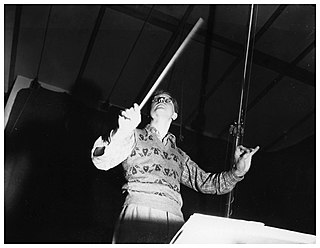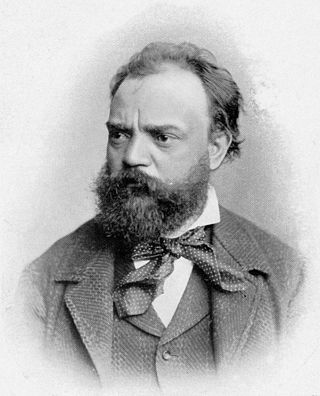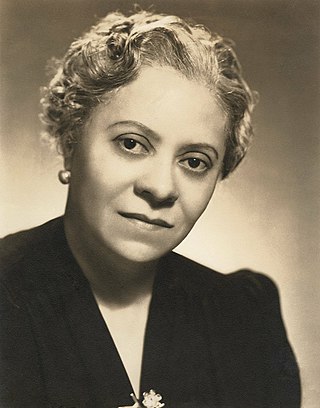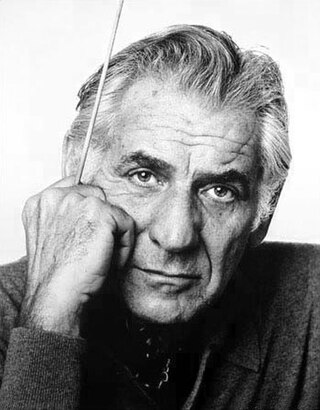Related Research Articles

Douglas Gordon Lilburn was a New Zealand composer.
The Piano Concerto, Op. 38, by Samuel Barber was commissioned by the music publishing company G. Schirmer in honor of the centenary of their founding. The premiere was on September 24, 1962, in the opening festivities of Philharmonic Hall, now David Geffen Hall, the first hall built at Lincoln Center in Manhattan, with John Browning as soloist with the Boston Symphony Orchestra conducted by Erich Leinsdorf.
The Symphony No. 98 in B♭ major, Hoboken I/98, is the sixth of the twelve London symphonies composed by Joseph Haydn. It was completed in 1792 as part of the set of symphonies composed on his first trip to London. It was first performed at the Hanover Square Rooms in London on 2 March 1792. Some musicologists and historians interpret this symphony as Haydn’s tribute to his friend Mozart who had died on 5 December 1791.

Sancta Civitas is an oratorio by Ralph Vaughan Williams. Written between 1923 and 1925, it was his first major work since the Mass in G minor two years previously. Vaughan Williams began working on the piece from a rented furnished house in the village of Danbury, Essex, found for him by his former pupil, Cecil Armstrong Gibbs.
Symphony No. 7 is the name given to a four-movement symphony in E major drafted by Franz Schubert in August 1821. Although the work is structurally complete, Schubert only orchestrated the slow introduction and the first 110 bars of the first movement. The rest of the work is continued on 14-stave score pages as a melodic line with occasional basses or counterpoints, giving clues as to changes in orchestral texture.
Franz Schubert's Symphony No. 3 in D major, D 200, was written between 24 May and 19 July 1815, a few months after his eighteenth birthday. Like the other early symphonies, it was not published during Schubert's lifetime. It appeared many years later, in the first Schubert complete works edition in 1884. It is scored for 2 flutes, 2 oboes, 2 clarinets, 2 bassoons, 2 horns, 2 trumpets, timpani and strings.
Symphony No. 2 in A major is a classical composition by American composer Douglas Moore. It was composed in 1945 and received its premiere in Paris on May 5, 1946, conducted by Robert Lawrence. In the following year the American premiere was given in Los Angeles, Alfred Wallenstein conducting.
The Symphony No. 1 of Douglas Lilburn was completed in 1949, and had its premiere in 1951. The symphony is in three integrated movements; a typical performance lasts around 30 minutes.
The Symphony No. 2 of Douglas Lilburn was completed in 1951, and received its premiere in 1959. It appears to have been revised in 1974. The work is divided into four movements:
Capricorn Concerto, Op. 21, is a composition for flute, oboe, trumpet, and strings by Samuel Barber, completed on September 8, 1944. A typical performance lasts approximately 14 minutes.

The Symphony No. 3 in E♭ major, Op. 10, B. 34, is a classical composition by Antonín Dvořák.
The Symphony No. 4 by Arnold Bax was completed in 1930 and dedicated to Paul Corder. It was inspired by Bax's love of the sea and premiered in 1931 by British conductor Basil Cameron and the San Francisco Symphony Orchestra.
The Sinfonia Concertante in B flat major, by Joseph Haydn was composed in London between February and March 1792. The work is a sinfonia concertante with four instruments in the solo group: violin, cello, oboe and bassoon. It is believed to be a response to similar works composed by Ignaz Pleyel, a former student of Haydn's who London newspapers were promoting as a 'rival' to Haydn. In addition to the solo group the Sinfonia Concertante is scored for flute, 2 oboes, 2 bassoons, 2 horns, 2 trumpets, timpani and strings.
Introduction and Allegro for Harp, Flute, Clarinet and String Quartet is a chamber work by Maurice Ravel. It is a short piece, typically lasting between ten and eleven minutes in performance. It was commissioned in 1905 by the Érard harp manufacturers to showcase their instruments, and has been described as a miniature harp concerto. The premiere was in Paris on 22 February 1907.
Symphony No. 2, Op. 19 is a three-movement work for orchestra by the American composer Samuel Barber. The 25-minute work was originally written in 1944. The work underwent many revisions and was finally published in 1950. The original manuscript was withdrawn by Barber in 1964. He ordered that G. Schirmer destroy the original manuscript and all scores in their library. The work remained unpublished for many years until 1984 when a set of parts turned up in a warehouse in England. Renewed interest in Barber's work led to a 1990 reprint of the 1950 edition.

Richard Strauss composed his Symphony No. 1 in D minor in 1880 when he was just 16 years old. It consists of four movements, and lasts about 34 minutes. Although Strauss did not give a number to the symphony, it is often referred to as his First Symphony. It was premiered on 30 March 1881 at the Munich Academy of Music under the baton of Hermann Levi.

Scherzo, sometimes also referred to as Scherzo in G minor, is one of Igor Stravinsky's earliest works for piano. It was composed in 1902.

The Symphony No. 4 in D minor is an orchestral symphony by the American composer Florence Price. Composed in 1945, the work was never performed during Price's life and was presumed lost until it was discovered among a stash of manuscripts in her former summer home outside of St. Anne, Illinois, in 2009. These manuscripts, along with journals, books, and other documents that were discovered, are now preserved at the University of Arkansas. The symphony was given a belated world premiere by the Fort Smith Symphony under the direction of John Jeter in Fort Smith, Arkansas, on May 12, 2018.

Divertimento, or Divertimento for Orchestra, is a suite of eight orchestral bagatelles by American composer Leonard Bernstein. Completed in 1980 and written to celebrate the centenary of the Boston Symphony Orchestra, it is well-known for featuring the notes B and C in most of its melodic material.
References
- Douglas Lilburn. The Three Symphonies. New Zealand Symphony Orchestra, James Judd, rec. 2001 on Naxos Records